 There’s a whole lot of action going on when dogs are at play, and between the growling, pawing, jumping, and biting it can be difficult to tell if it’s even play at all. In addition, some of the behaviors displayed while playing are the same behaviors seen while fighting. You want to let your dog have fun, but you also want to keep him safe. So, how can you learn the difference between what’s play, and what’s not?
There’s a whole lot of action going on when dogs are at play, and between the growling, pawing, jumping, and biting it can be difficult to tell if it’s even play at all. In addition, some of the behaviors displayed while playing are the same behaviors seen while fighting. You want to let your dog have fun, but you also want to keep him safe. So, how can you learn the difference between what’s play, and what’s not?
Before we get into the signs of dogs playing vs fighting, I just want to note that as rough as dog play appears, it is all part of normal, natural behavior. Dogs begin pouncing, biting and tumbling with their littermates as early as a few weeks after birth. It’s an important part of growing up and learning proper socialization skills in order to become a well-adjusted adult dog.
It is important to keep in mind that depending on a dog’s breed and socialization skills, they can all have different play styles. With this in mind, it could be easy to mistake one dog’s play as being aggressive simply because the play style is different than that of your own dog. But, there are definitive signals in a dog’s body language that, if watched for closely, can help you determine play vs fight.
Body Language When Dogs are at Play
- Playful bow – this is where the front end is lowered by bent forepaws, and the back end is up in the air. Sometimes dogs playfully jump around like bunny rabbits in this position to entice their would-be playmate.
- Relaxed open mouth, tongue hanging out, looking somewhat like a big ‘ole drooling grin.
- An excited bark, mixed with growly noises
- Bouncing and pouncing back and forth in playful, silly gestures.
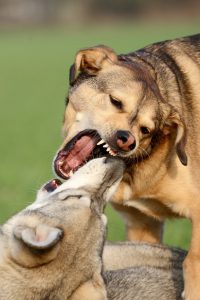 Body movements are loose and continual; not stiff with breaks in activity
Body movements are loose and continual; not stiff with breaks in activity
- Enticing one another to chase, sometimes rolling on their backs to allow each other to be caught
- Suppressed biting; mouthing and nipping each other, but never biting with intention to hurt or kill (although sometimes dogs will mistakenly bite too hard causing the other dog to yelp and snap. In this case the dog that bit will usually back off momentarily, at which point the play may resume, or not.)
- Both dogs consensually want to play, and keep going back for more
- Taking turns during play (which dog is on top vs bottom, which dog is doing the chasing, etc.)
Signs of Fighting, Getting too Rough, or a Dog Not Having Fun
- One dog is consistently getting pinned down by the other dog
- Rough biting at the neck
- Rearing up and boxing with the front paws
- One dog appears to be trying to escape the other
- Closed mouth; lips curled inward
- Movements don’t look playful, bouncy and exaggerated, instead they are more tense, stiff and purposeful
- Ears pinned back and/or tail tucked representing a fearful state
- Raised hair along the upper back
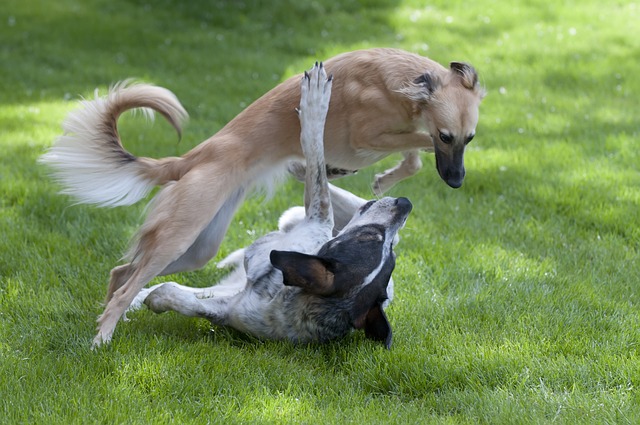
Since it is difficult to pinpoint every dog behavior during play, and every type of play style, it is important to know your dog and watch for any signs that he may not be having fun. If you are worried or uncertain whether your dog is enjoying himself, put it to a test. Pull your dog away momentarily, and if he acts anxious to get back to playing, it probably means he was having a good time. But, if he seems to be fine with being pulled away, it’s most likely a sign that he wasn’t having fun at all.
On a final note, I’ll leave you with a personal experience of my own, and something I find so very important. And that is to be extremely cautious with letting young puppies play with dogs you don’t know. If a puppy is ganged up on, by one or several dogs at a time, it can be a traumatizing experience with long-lasting effects. This situation, unfortunately, was the case with my dog.
When my dog was ready for puppy kindergarten class I reached out to my vet for a recommendation. She referred me to a puppy class based on word-of-mouth from a client. Had I known what I know now I would have never taken my puppy to that class.
Although the dog trainer running the class seemed to have a good knowledge of dog training, the facility was poorly run as there were way too many dogs running around at once. My dog on two separate occasions was ganged up on by much larger and older dogs. The first time, two large Boxers pounced on my small puppy, rolling him over and continuing the assault until adults intervened. The second time was an incident with two Dobermans ganging up in similar style, which became the last straw and I never returned!
The fact that it was Boxers and Dobermans is irrelevant, of course, as both are very lovely breeds! The point is, they were quite large in comparison to my small pup, and the outcome is that my dog is now extremely fearful of certain dogs that are larger than him, and will display agressive behaviors toward them. He is a gentle dog acting purely out of fear in these moments. He is in no way aggressive in any other scenario and adores adults and children, and behaves like a perfect gentleman with dogs we allow in our house. But, it has been very difficult to reverse the effects that class had on him. A well run puppy class would never have allowed that to occur in the first place!
Have you had an experience with dogs playing or fighting? If so, please share in the comments below! 🙂

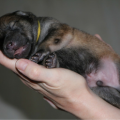

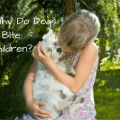
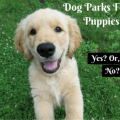
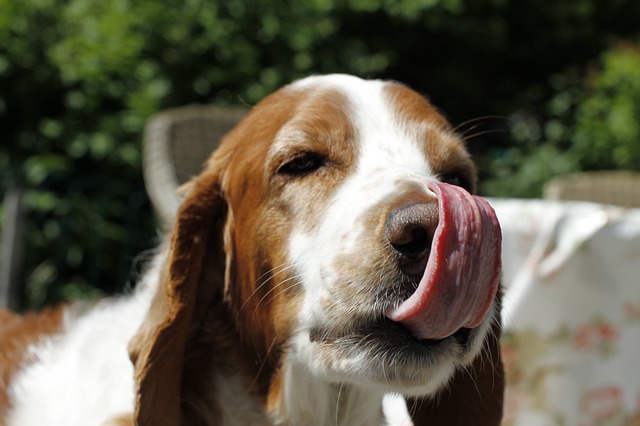
Great article. Thank you!